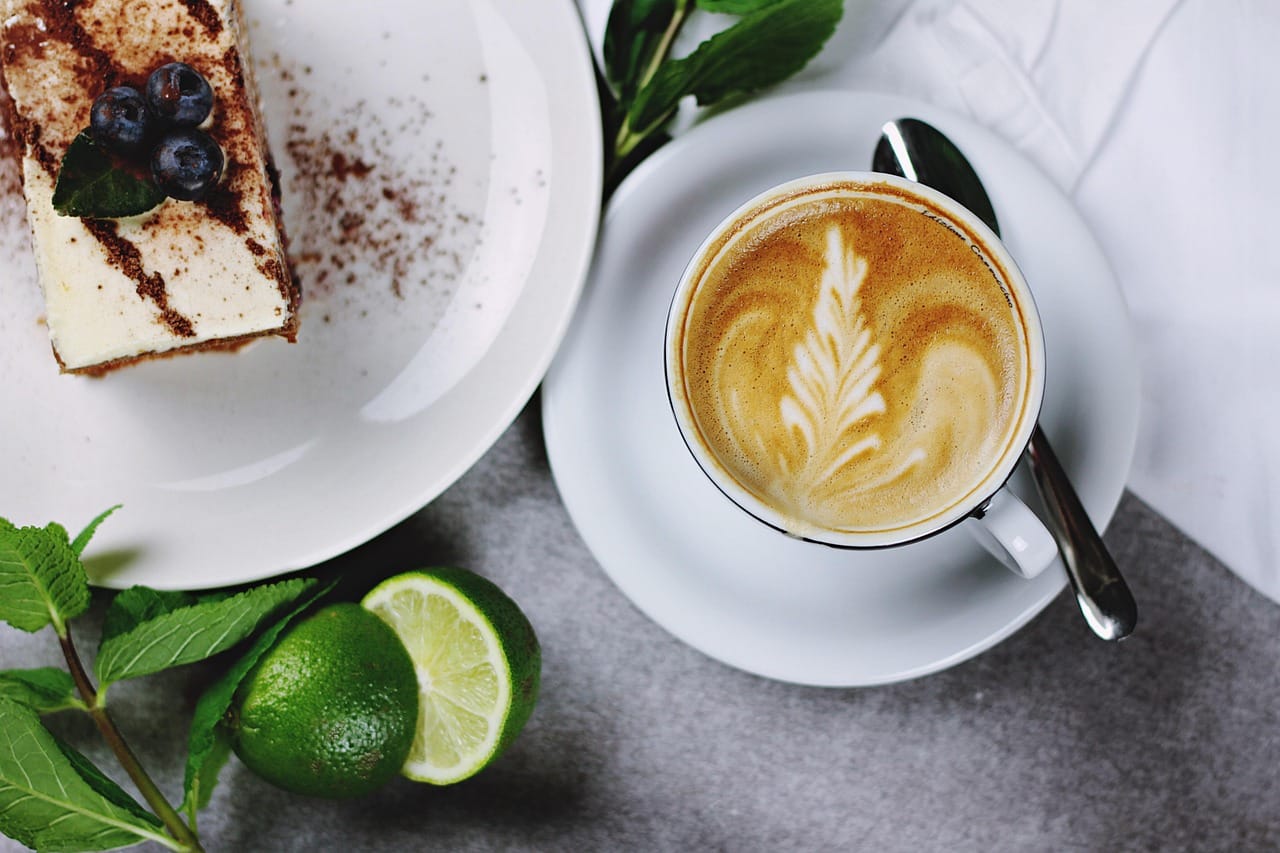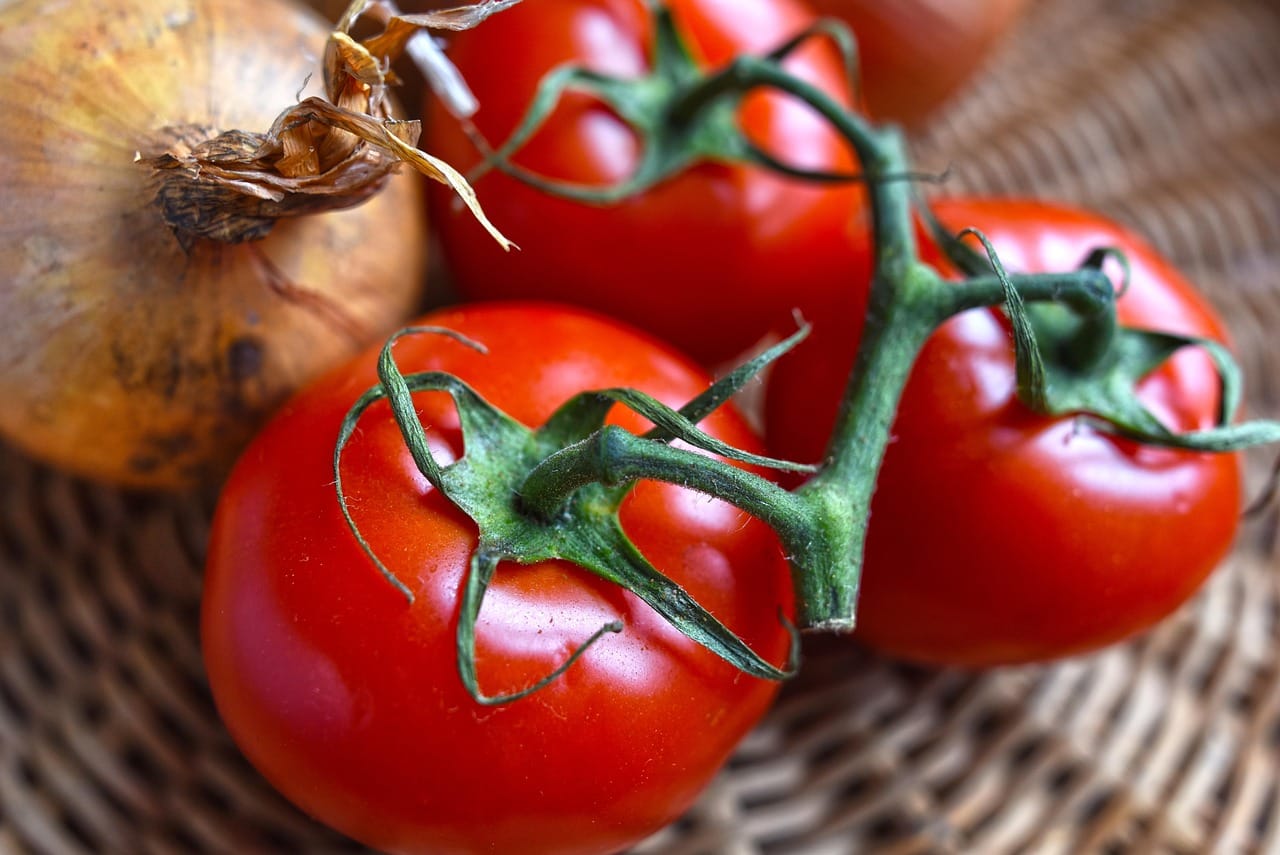The rich, fudgy, chocolatey goodness of a brownie is a universal language of comfort. Whether you’re craving a sweet treat after a long day, need a crowd-pleasing dessert for a party, or simply want to indulge in a moment of pure bliss, brownies are the answer. But beyond the basic recipe lies a world of variations, techniques, and tips that can elevate your brownie game from good to extraordinary. This guide dives deep into the world of brownies, exploring everything from the different types to baking techniques and creative additions. Prepare to become a brownie aficionado!
The Wonderful World of Brownie Types
Fudgy vs. Cakey: Understanding the Difference
The fundamental difference between brownie types lies in their texture. This distinction is primarily determined by the ratio of ingredients, particularly the amount of fat and flour.
- Fudgy Brownies: Characterized by their dense, moist, and intensely chocolatey texture. They have a higher fat content (butter and/or chocolate) and less flour. Think of them as resembling a slightly underbaked chocolate bar.
Example: A recipe using mostly melted chocolate and butter, with a minimal amount of flour, will result in a supremely fudgy brownie.
- Cakey Brownies: These brownies have a lighter, airier texture, similar to a chocolate cake. They contain more flour and often a leavening agent like baking powder.
Example: A recipe with a higher flour-to-fat ratio and the addition of baking powder will produce a more cakey brownie.
- Chewy Brownies: A delightful middle ground, these brownies offer a slightly crispy edge with a soft, chewy interior. They often achieve this texture through the use of brown sugar, which contains molasses.
* Example: Using a combination of granulated and brown sugar can create a chewy texture.
- Brownie Bottomed Cookies: These are cookies made with a brownie base!
Identifying Your Preferred Texture
Experimenting with different recipes is the best way to discover your preferred brownie texture. Pay attention to the ingredient ratios and baking times, and note the results each time. Consider these questions when choosing a recipe:
- Do you prefer an intense chocolate flavor or a more subtle sweetness?
- Do you want a dense, decadent treat or a lighter, more airy dessert?
- Are you looking for a quick and easy recipe or one that requires more precision?
Mastering the Baking Process
Key Ingredients and Their Roles
Understanding the function of each ingredient is crucial for achieving perfect brownies.
- Chocolate: The foundation of flavor. Use high-quality chocolate for the best results. Dark chocolate (60-70% cacao) provides a rich, intense flavor, while milk chocolate offers a sweeter, milder taste.
- Butter: Adds moisture, richness, and tenderness. Unsalted butter is generally preferred, allowing you to control the salt content.
- Sugar: Provides sweetness and contributes to the brownie’s texture. Granulated sugar creates a more cakey texture, while brown sugar enhances chewiness.
- Eggs: Bind the ingredients together and add structure. They also contribute to the richness and moisture.
- Flour: Provides structure and prevents the brownies from being too dense. Use all-purpose flour, but be careful not to overmix, which can lead to tough brownies.
- Vanilla Extract: Enhances the chocolate flavor and adds a touch of warmth.
- Salt: Balances the sweetness and intensifies the other flavors.
Baking Techniques for Perfection
Achieving perfectly baked brownies requires attention to detail and precision.
- Accurate Measurements: Baking is a science, so accurate measurements are essential. Use measuring cups and spoons specifically designed for baking.
- Proper Mixing: Be careful not to overmix the batter, which can develop the gluten in the flour and result in tough brownies. Mix until just combined.
- Oven Temperature: Ensure your oven is accurately calibrated. An oven thermometer can help.
- Baking Time: Brownies are done when a toothpick inserted into the center comes out with moist crumbs clinging to it. Avoid overbaking, as this can lead to dry brownies.
- Cooling: Allow the brownies to cool completely in the pan before cutting. This helps them to set properly and prevents them from crumbling.
Common Mistakes to Avoid
- Overmixing: Creates tough brownies.
- Overbaking: Results in dry, crumbly brownies.
- Using low-quality chocolate: Impacts the flavor significantly.
- Incorrect oven temperature: Can lead to uneven baking.
- Cutting brownies while warm: Leads to messy, crumbly results.
Creative Additions and Variations
Elevating Your Brownies with Mix-Ins
Mix-ins are a fantastic way to customize your brownies and add extra flavor and texture.
- Nuts: Walnuts, pecans, almonds, and macadamia nuts are popular choices. Toast them for enhanced flavor.
- Chocolate Chips: Add extra chocolate intensity with semi-sweet, dark, or white chocolate chips.
- Candy: M&Ms, Reese’s Pieces, and chopped-up candy bars add a fun and colorful twist.
- Dried Fruit: Raisins, cranberries, and cherries offer a chewy texture and subtle sweetness.
- Espresso Powder: Enhances the chocolate flavor and adds a hint of bitterness.
- Salted Caramel: Swirls of salted caramel sauce add a decadent and irresistible touch.
Flavor Combinations to Explore
- Peanut Butter and Chocolate: A classic pairing that never disappoints. Swirl in peanut butter or add peanut butter chips.
- Salted Caramel and Chocolate: The perfect balance of sweet and salty.
- Mint Chocolate: Add mint extract or peppermint patties for a refreshing twist.
- Raspberry and Chocolate: The tartness of raspberries complements the richness of chocolate beautifully.
- Coffee and Chocolate: Espresso powder or coffee extract enhances the chocolate flavor and adds a subtle bitterness.
Topping Ideas for the Perfect Finish
- Frosting: Chocolate, vanilla, or cream cheese frosting add a decadent finish.
- Ganache: A smooth and glossy chocolate ganache is a simple yet elegant topping.
- Powdered Sugar: A light dusting of powdered sugar adds a touch of sweetness.
- Whipped Cream: A dollop of whipped cream adds a light and airy texture.
- Ice Cream: Serve warm brownies with a scoop of vanilla ice cream for a truly indulgent dessert.
Storing and Serving Your Brownies
Best Practices for Storage
Proper storage is essential for maintaining the freshness and flavor of your brownies.
- Airtight Container: Store brownies in an airtight container at room temperature.
- Layering: If stacking brownies, separate the layers with parchment paper to prevent sticking.
- Freezing: Brownies can be frozen for up to 3 months. Wrap them tightly in plastic wrap and then in foil.
- Refrigeration: While refrigeration can extend the shelf life of brownies, it can also dry them out.
Serving Suggestions
- Warm: Serve warm brownies with a scoop of ice cream or a drizzle of chocolate sauce.
- Room Temperature: Brownies are also delicious at room temperature.
- With Coffee or Tea: Brownies pair perfectly with a cup of coffee or tea.
- As a Dessert Bar: Cut brownies into small squares and arrange them on a dessert platter with other treats.
Conclusion
From fudgy decadence to cakey lightness, the world of brownies offers endless possibilities for satisfying your sweet cravings. By understanding the key ingredients, mastering baking techniques, and exploring creative additions, you can create truly exceptional brownies that are sure to impress. So, grab your apron, preheat your oven, and embark on your brownie-baking adventure today! Happy baking!




